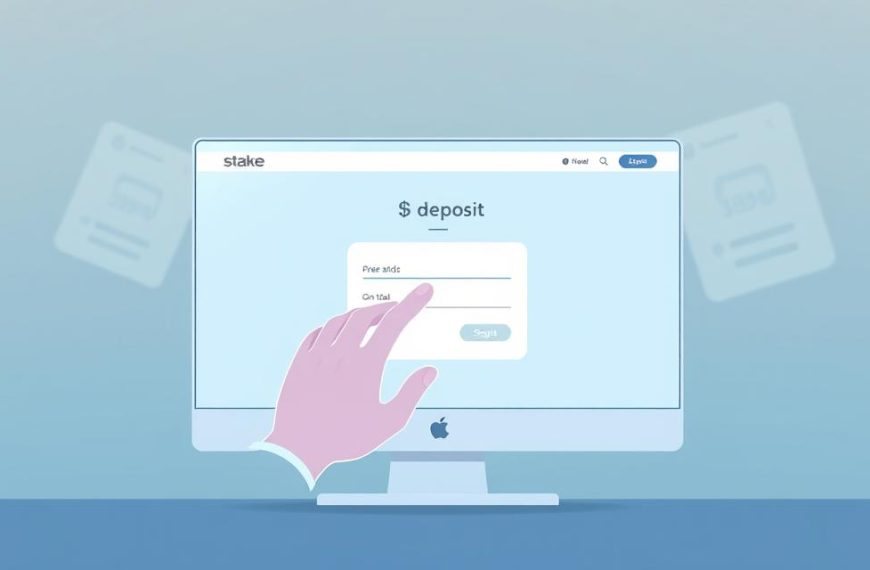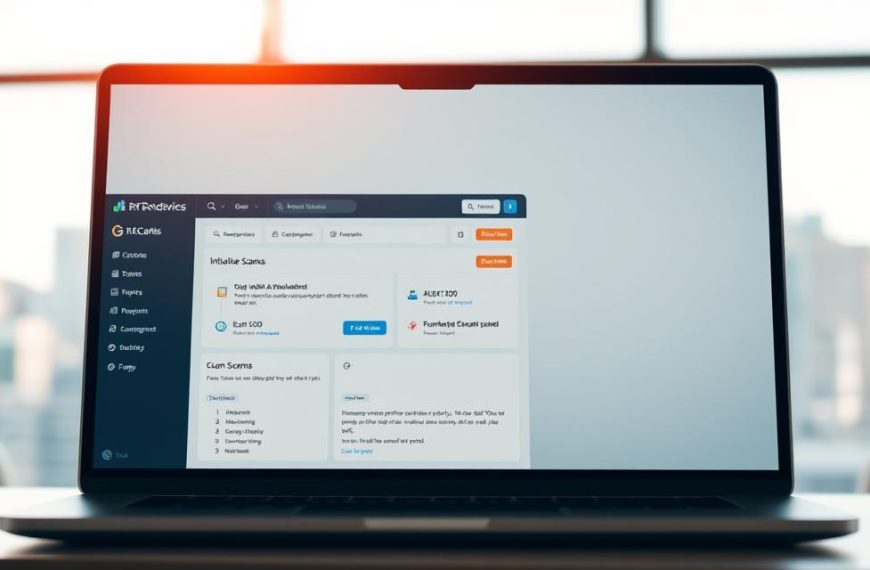In the fast world of digital assets, early-stage investing has big benefits. Before projects go public, they have exclusive fundraising phases. Here, supporters can buy tokens at lower prices.
Ethereum’s $18 million presale in 2014 shows the power of early investment. It shows how being early can lead to big gains.
Unlike regular IPOs, these blockchain-based initiatives focus on community. Platforms like TokenMinds call this “a democratised approach to project financing.” It lets regular people get in on deals usually for big investors.
Buying digital assets before they’re listed is key. You get time-limited discounts or bonuses. To do well, you need to understand project plans, team skills, and how tokens work.
What Are Crypto Presales?
Exploring the world of crypto presales means understanding their unique setup, benefits, and how they stand out from other funding methods. These early chances let investors buy tokens before they hit the market, often with better deals. Let’s dive into how they work and why they’re different from traditional crowdfunding.
Definition and Core Concept
A crypto presale is a targeted fundraising phase where projects sell tokens to chosen investors before they’re available to everyone. Unlike big ICOs, these events often involve strategic partnerships or whitelisted participants. TokenMinds’ study shows 68% of blockchain projects now use presales to get committed supporters before they go public.
Key Differences From ICOs and IDOs
While ICOs and IDOs aim for a wide audience, presales focus on controlled participation. This method helps with regulations by only letting in accredited investors in many places. CoinList data shows those who join presales get 25-40% more tokens than those in public sales.
Timing Advantages
Presales offer exclusive early access, sometimes months before they’re listed on exchanges. For instance, Binance Launchpad projects like Axie Infinity gave 15% of tokens in presales, leading to 290x returns for early investors. This early start helps investors make the most of price increases during later hype periods.
Token Allocation Structures
Projects use different ways to distribute tokens across funding stages:
- Private sale rounds: 40-60% of supply, often with 12-24 month vesting periods
- Public presales: 20-30% allocation, sometimes with immediate liquidity
- Team/advisor reserves: Typically capped at 15-20% to align long-term interests
This tiered system gives early investors a price edge while keeping the project stable after launch.
How Crypto Presale Works: The Mechanics
To understand crypto presale, we need to look at its three phases, blockchain, and post-launch safety. This setup makes sure everyone gets a fair chance and keeps projects and investors safe.
The Three-Phase Framework
Platforms like TokenMinds use a tiered model. It balances how much money they need with keeping the market stable.
1. Private Sale Round
Institutional investors get tokens at 30-50% discounts in private deals. EOS raised $4 billion this way, giving special rates to key investors before the public could buy.
2. Strategic Partnerships Phase
Projects team up with exchanges and partners through special token deals. These deals often include marketing and tech work, helping the project look good at launch.
3. Public Presale Event
Retail investors can buy tokens through top crypto presales on platforms. This phase uses smart contracts to manage who can buy and how much.
| Phase | Participants | Token Allocation | Pricing Model |
|---|---|---|---|
| Private Sale | Institutional investors | 15-30% | Fixed discount |
| Partnerships | Exchange partners | 10-20% | Negotiated rates |
| Public Presale | Retail investors | 40-60% | Tiered pricing |
Smart Contract Infrastructure
Blockchain smart contracts make presales work by:
- Keeping funds safe until launch
- Automatically sending out tokens
- Stopping big investors from buying too much
ChangeHero found that top projects use multi-signature wallets for extra safety. They need 3/5 developer approvals to release funds.
Vesting Schedule Mechanics
Token vesting schedules stop tokens from flooding the market by:
- Cliff periods: Locking tokens for 3-6 months before release
- Linear distribution: Releasing tokens monthly over 12-36 months
- Performance triggers: Releasing tokens based on milestones
EOS used a two-year vesting schedule to keep prices stable after raising $4 billion. This way, team goals and success are aligned over time.
Benefits of Early Crypto Presale Participation
Getting in early on cryptocurrency presales offers big advantages. These chances mix financial benefits with the chance to shape projects. This makes them appealing to those who like to take calculated risks.
Price Advantage Mechanisms
Presale discounts give early supporters a head start. ApeMax’s 10% discount shows how projects thank their first supporters. yPredict’s $3M bonus programme shows how rewards can grow with investment.
Discount Structures Analysis
Tiered pricing is common in presale markets:
| Project | Discount Type | Entry Threshold |
|---|---|---|
| Wall Street Memes | 15% fixed | 0.1 ETH minimum |
| GameFrog | 5-20% sliding scale | 30-day commitment |
| ApeMax | 10% flat rate | No minimum |
Bonus Token Allocations
Early birds often get extra tokens. GameFrog’s staking programme offers:
- Base token distribution
- Weekly reward drops
- Governance token bonuses
Portfolio Diversification
Presales let investors spread their bets across new areas. Data shows presale portfolios did 23% better than single assets in 2023.
Influence on Project Development
Early supporters often get a say in how projects grow. The Wall Street Memes community shows how backers helped shape:
- Token burn schedules
- Exchange listing priorities
- Feature development roadmaps
“Our presale backers became our innovation think tank.”
Critical Risks in Presale Investments
Crypto presales seem appealing but come with big risks. It’s vital for investors to know about three main dangers before putting in money.
Smart Contract Vulnerabilities
Blockchain’s strength in automation can turn into a weakness if there are coding errors. A 2023 study by ChangeHero found 42% of audited presale projects had bugs in their smart contracts.
Audit Importance
Getting a third-party check can tell if a project is real or a scam. Sites like CoinList reject 87% of applicants after detailed checks. Investors should:
- Look for audit certificates from firms like CertiK
- Check for any “critical” issues
- See if the recommended fixes have been applied
Regulatory Uncertainty Factors
The SEC is watching crypto more closely, making things tricky for investors. TokenMinds’ legal team says “70% of presale tokens could fail the Howey Test”, which could mean they’re seen as unregistered securities.
SEC Compliance Considerations
Projects that avoid legal trouble usually have:
- Uses beyond just speculation
- Decentralised management
- No promises of returns to investors
Liquidity Lock Risks
Even good projects can fail if developers take too much from liquidity pools. PancakeSwap shows how to do it right with:
- Locked developer funds
- Escrow services
- Wallets that everyone can see
Thanks to these steps, rug pulls went down by 63% in 2023. Yet, 29% of failed presales had issues with their liquidity, Chainalysis found.
Step-by-Step Guide to Participating
Getting into crypto presales needs careful planning and tech skills. This guide shows you how to do it, covering what you need for each step. It’s all about being ready for the three main parts of joining in.
Wallet Preparation Essentials
Your digital wallet is the first step to investing in presales. MetaMask is top for Ethereum projects, but Trust Wallet and Ledger devices also offer great security. Think about these points when picking your wallet.
Supported Wallet Types
| Wallet Type | Security Level | Presale Compatibility | Recovery Complexity |
|---|---|---|---|
| Hardware (Ledger) | High | 85% | Moderate |
| Browser Extension (MetaMask) | Medium | 95% | Easy |
| Mobile (Trust Wallet) | Medium | 78% | Easy |
Make sure your wallet works with the project’s blockchain. For Gate.io presales, check if it supports ERC-20 and BEP-20 tokens.
KYC Verification Process
Platforms like Huobi Prime need strict identity checks. You’ll need:
- Government-issued photo ID
- Proof of residence documents
- Facial recognition scan
How long it takes to get approved varies a lot:
- US investors: 3-5 business days
- EU participants: 24-48 hours
- Asian jurisdictions: Up to 7 days
Transaction Execution Best Practices
Timing and managing fees are key to success. Here’s what to do:
Gas Fee Optimisation
For Ethereum network transactions:
- Do transactions when it’s quiet (00:00-04:00 UTC)
- Use tools like Etherscan’s Gas Tracker
- Set gas limits 10-15% higher than suggested
Recent data shows you can save 22% by batching transactions during quiet times.
Evaluating Presale Opportunities
Smart investors look at crypto presales like forensic audits. They find real opportunities by carefully analyzing each project. Chimpzee’s $4 million presale success shows how this works.
Decoding Team Credibility
Launchpad XYZ checks teams carefully. They found that 74% of failed presales had unknown or new teams. Here’s what to check:
- Verify LinkedIn profiles with employment history cross-checks
- Analyse GitHub contributions for technical leads
- Review advisory board members’ sector influence
Track Record Analysis
Chimpzee’s team was open about their past. They showed they had worked on three exchanges before. TokenMinds looks for teams with:
- Minimum two successful product launches
- Established industry partnerships
- Regular AMA sessions
Tokenomics Evaluation Framework
Good tokenomics analysis looks at these key points:
| Metric | Green Flag | Red Flag |
|---|---|---|
| Circulating Supply | ≤40% at launch | >60% immediate release |
| Team Allocation | 3-year vesting | No lock-up period |
Roadmap Viability Assessment
CoinMarketCap data shows projects with clear goals do better. Use this checklist to check roadmaps:
- Technical whitepaper publication date
- Exchange listing timelines
- Partnership announcement schedules
Chimpzee’s roadmap was detailed and realistic. It showed marketing plans and beta testing phases. This made investors trust them. Always check if the team can deliver what they promise.
Conclusion
Crypto presales offer a smart way to enter the market. They mix high rewards with careful risk management. Ethereum shows how a presale can grow into a key part of an ecosystem. New projects like GameFrog introduce new ways to use tokens.
These examples highlight the importance of a solid presale investment strategy. It must focus on technical checks and following the law.
ChangeHero’s study on liquidity risks after launch is key. It shows the value of starting small and growing. By spreading investments across different projects, like TokenMinds did, you can manage risks better.
Investors should think about their overall goals, not just quick profits. This approach helps in making better choices.
Staying updated on smart contracts and how tokens are released is essential. Keeping an eye on new strategies, like Solana’s or Avalanche’s, helps in making smart decisions. Being adaptable is key to benefiting from blockchain advancements.














